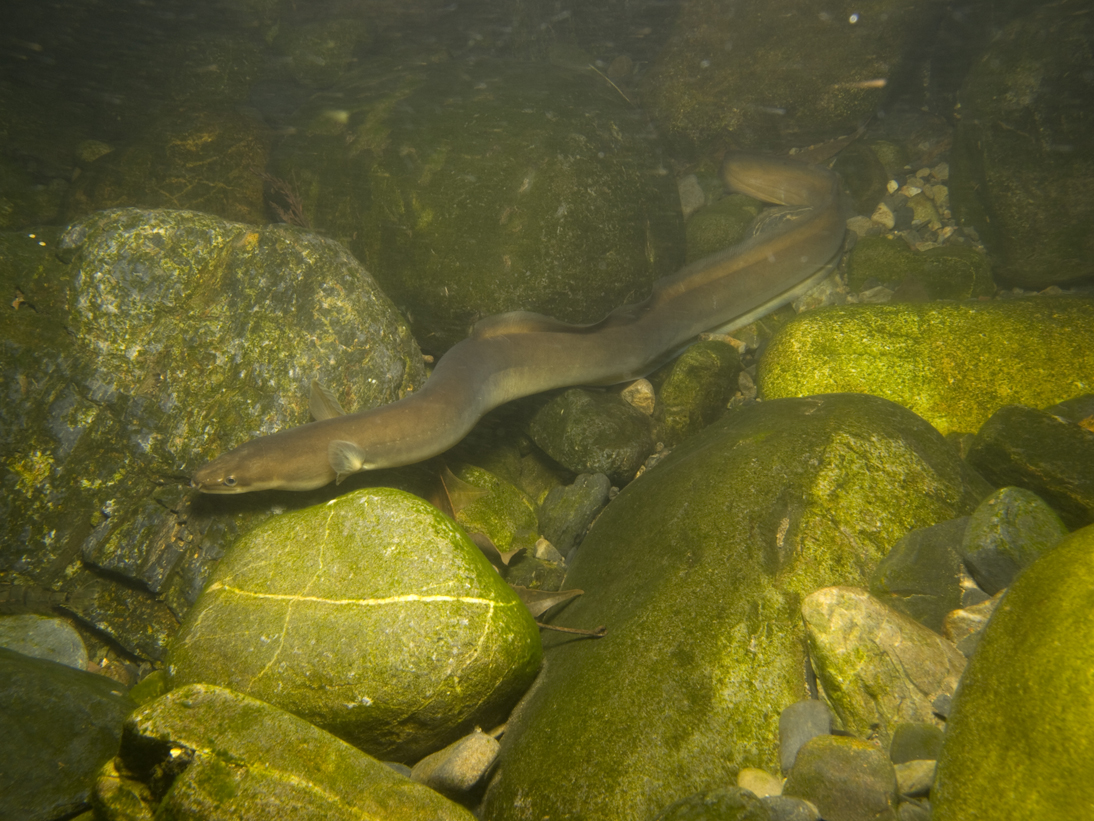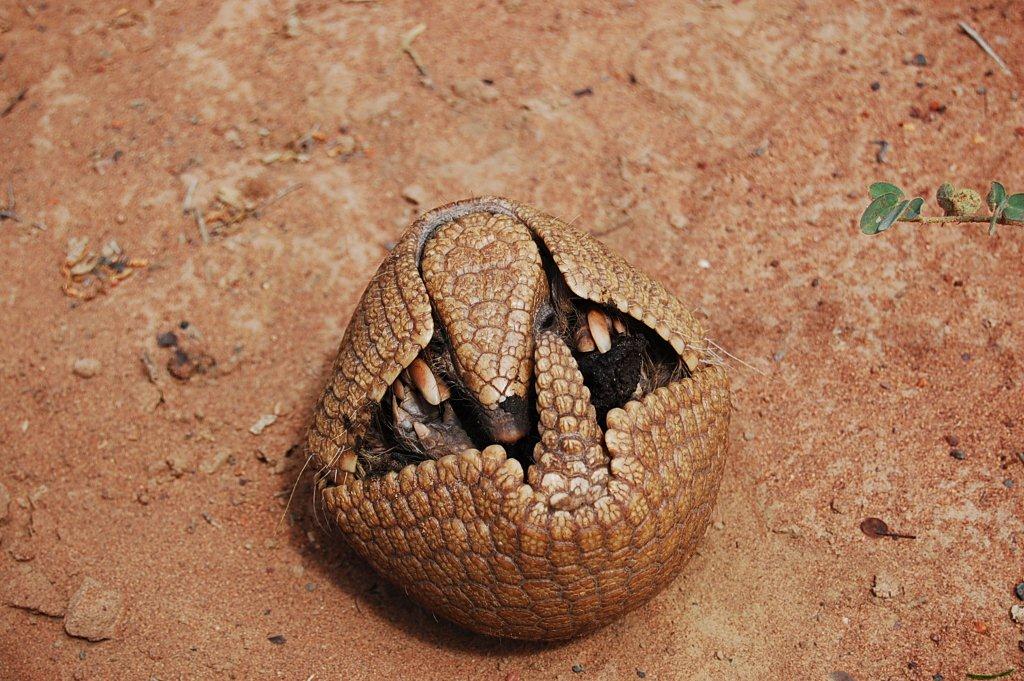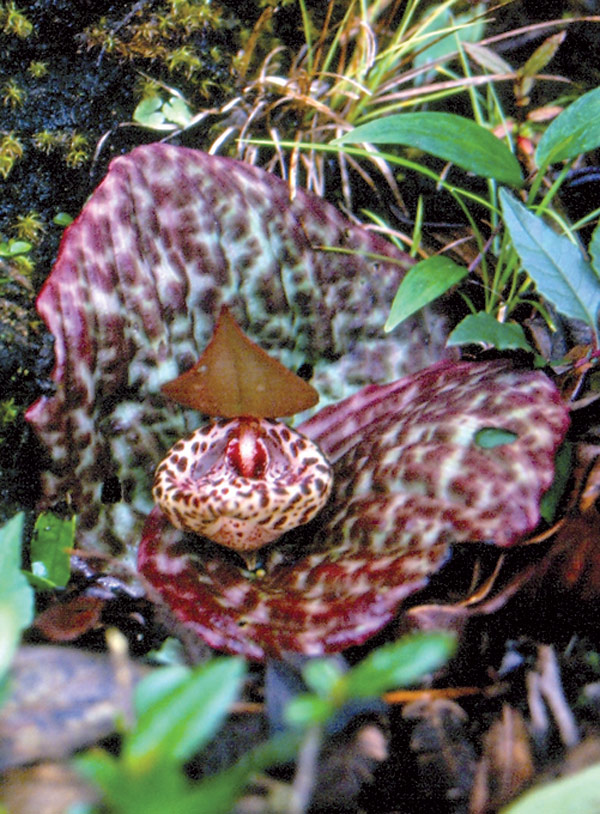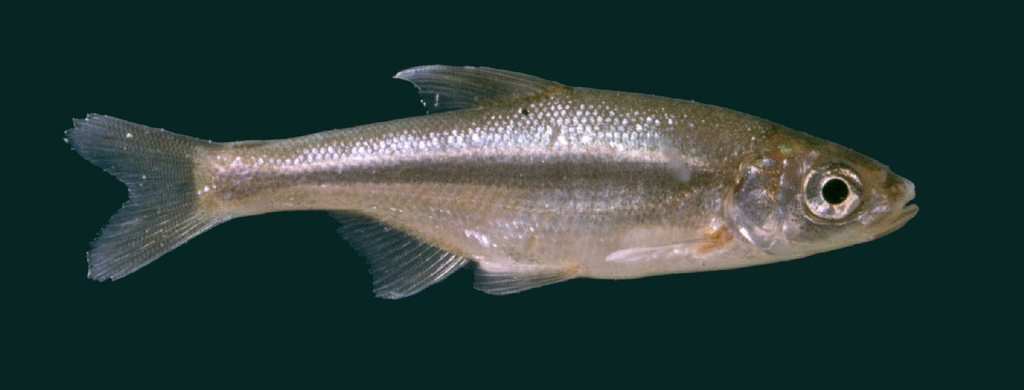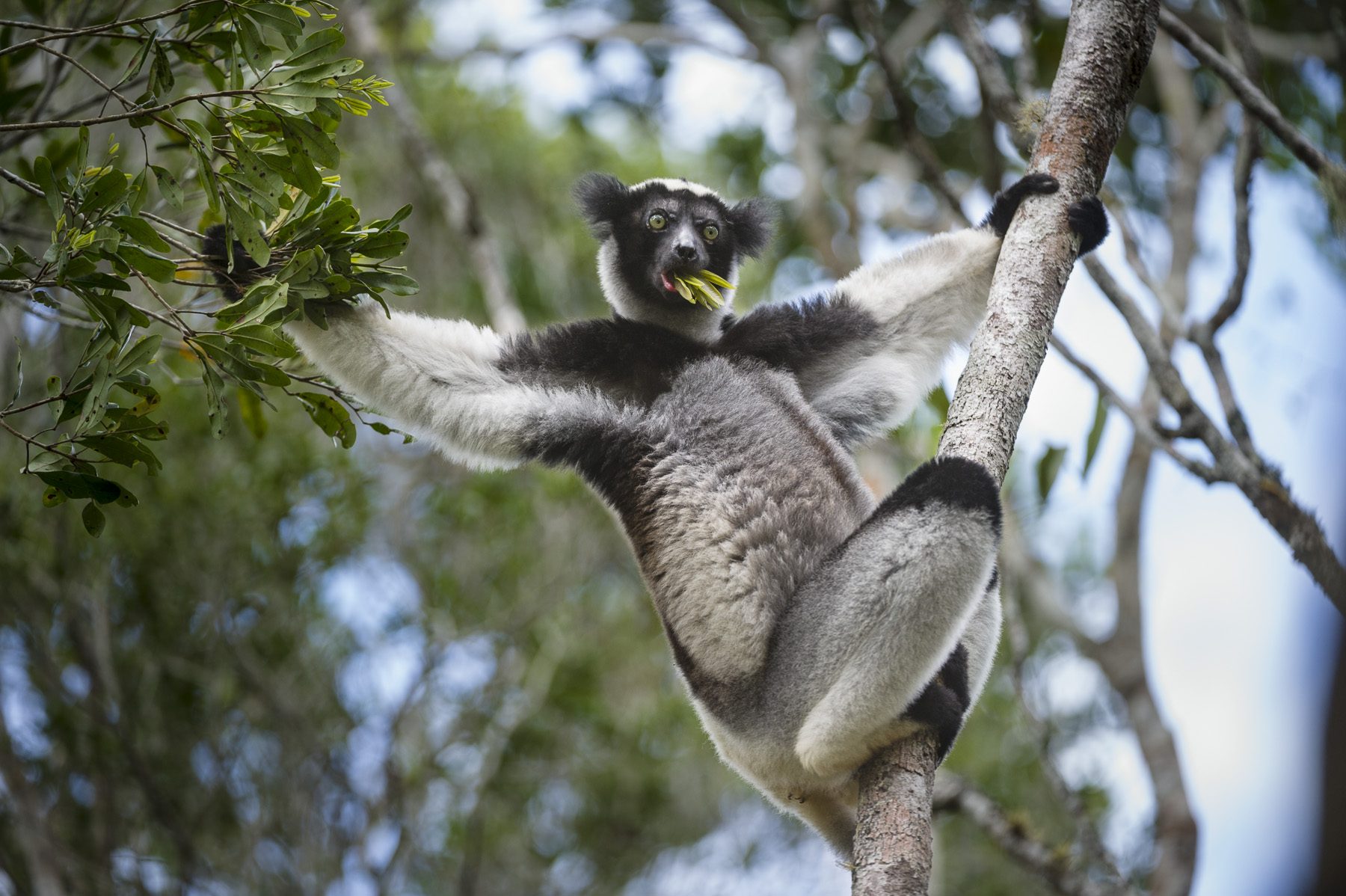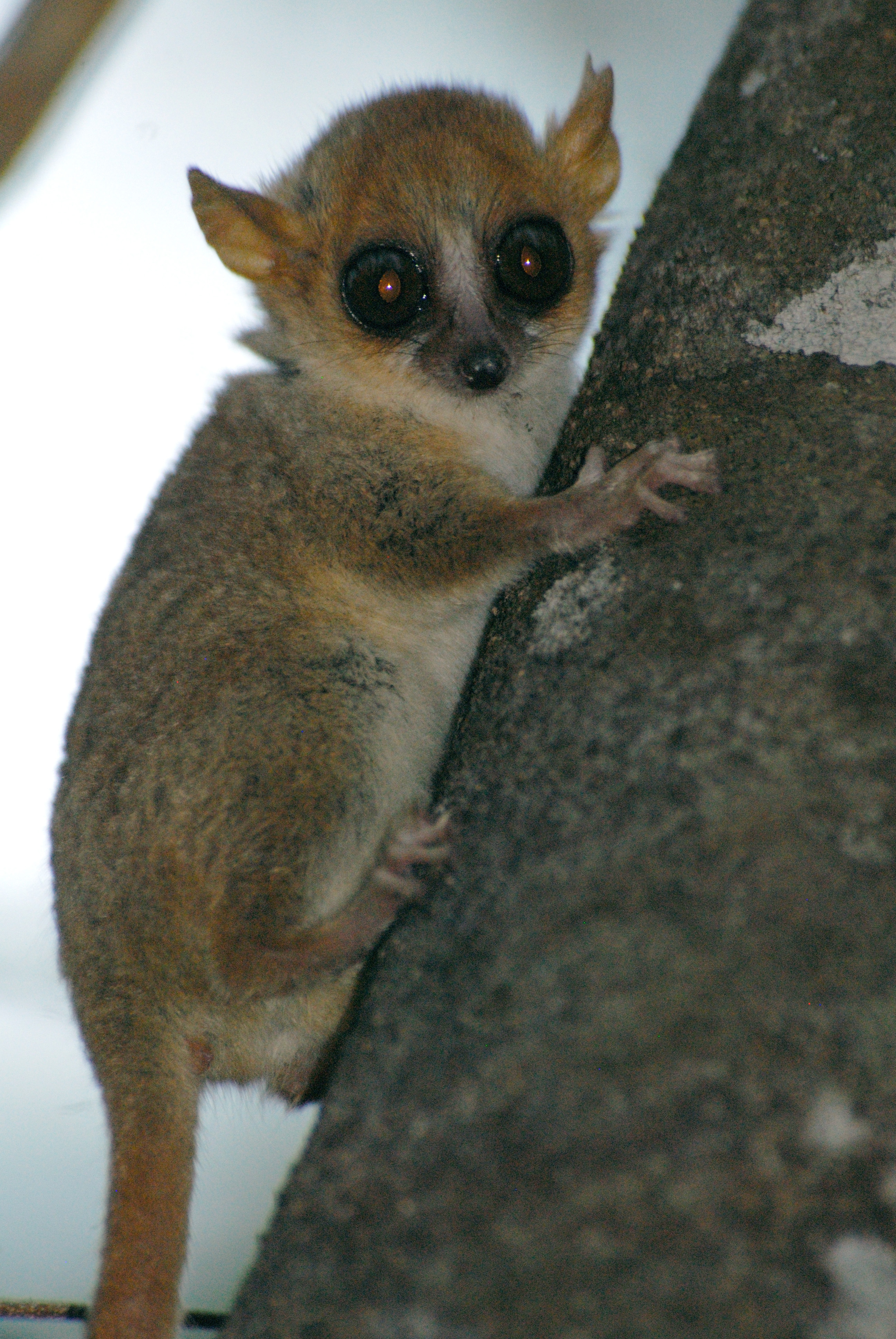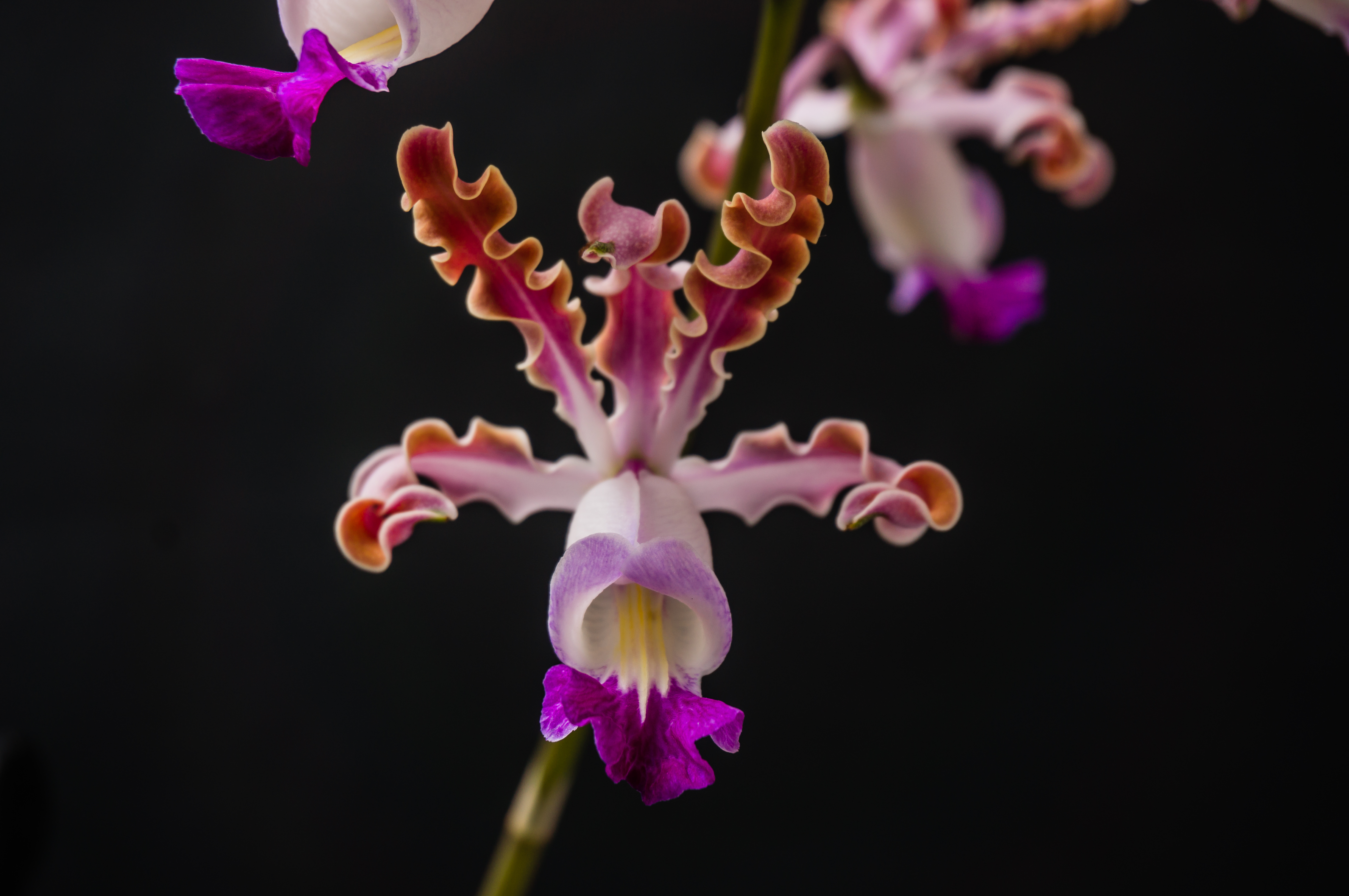IUCN Red List raises more red flags for threatened species
Almost 80% of temperate slipper orchids and over 90% of lemurs are threatened with extinction, according to the latest update of the IUCN Red List of Threatened Species™. The newly assessed Japanese Eel has been listed as Endangered, while the Brazilian Three-banded Armadillo – the mascot of the 2014 FIFA World Cup – remains Vulnerable as its population continues to decline.
The IUCN Red List, which celebrates its 50th anniversary this year, now includes 73,686 assessed species, of which 22,103 are threatened with extinction.
“Over the last fifty years, The IUCN Red List has guided conservation work – very little positive action happens without the Red List as a starting point," says IUCN Director General Julia Marton-Lefèvre. “This is no small achievement but so much more needs to be done. We need to continue to expand our knowledge about the world’s species to better understand the challenges we face, set global conservation priorities and mobilise concrete action to halt the biodiversity crisis.”
The global assessment of temperate slipper orchids, occurring in North America, Europe and temperate Asia, reveals that 79% of these popular ornamental plants are threatened with extinction. This is mainly due to habitat destruction and over-collection of wild species for local and international trade, despite the fact that international trade in all species of slipper orchids is regulated. Temperate slipper orchids are among the best-known and most widely illustrated of all flowering plants, with characteristic slipper-shaped flowers which trap insects to ensure pollination.
“What was most surprising about this assessment was the degree of threat to these orchids,” says Hassan Rankou, the IUCN Species Survival Commission’s (SSC) Red List Authority for the Orchid Specialist Group, which is hosted by the Royal Botanic Gardens, Kew. “Slipper orchids are popular in the multimillion-dollar horticultural industry. Although the industry is sustained by cultivated stock, conservation of wild species is vital for its future.”
The Endangered Freckled Cypripedium (Cypripedium lentiginosum) has fewer than 100 individuals remaining in south-eastern Yunnan in China and Ha Giang province of Viet Nam. Its decline is due to over-collection and deforestation. Also Endangered, Dickinson's Cypripedium (C. dickinsonianum) is known only from a few scattered populations in Mexico, Guatemala and Honduras. Its open forest habitat is being cleared for agriculture and the lopping of trees is changing the environmental conditions which allow orchids and other under-storey plants to thrive.
This IUCN Red List update confirms reports that 94% of lemurs are threatened with extinction. Of the 101 surviving lemur species, 22 are Critically Endangered, including the largest of the living lemurs the Large-bodied Indri (Indri indri). A total of 48 are Endangered, such as the world’s smallest primate, Madame Berthe’s Mouse Lemur (Microcebus berthae), and 20 are Vulnerable. This makes them one of the most threatened groups of vertebrates on Earth.
Lemurs are threatened by destruction of their tropical forest habitat in Madagascar, where political uncertainty and increasing poverty levels have accelerated illegal logging. Hunting of these animals for food has also emerged as a serious issue.
“Despite profound threats to lemurs, which have been exacerbated by the political crisis in Madagascar, we believe there is still hope,” says Dr Christoph Schwitzer, Vice-Chair for Madagascar of the IUCN SSC Primate Specialist Group and Director of Conservation at the Bristol Zoological Society. “Past successes demonstrate that collaboration between local communities, non-governmental organisations and researchers can protect imperiled primate species. We urgently invite all actors to join our efforts to ensure the continued existence of lemurs and the biological, cultural and economic richness they represent.”
The Japanese Eel (Anguilla japonica) – a traditional delicacy in Japan and the country’s most expensive food fish – has been listed as Endangered due to loss of habitat, overfishing, barriers to migration, pollution and changes to oceanic currents. East Asia is a hub for farming, trade and consumption of this species and its decline has meant that trade in other eel species, such as the Shortfin Eel (A. bicolor) has increased.
“While the status of this species is of great concern, the assessment of the Japanese Eel and other eels is a hugely positive step,” says Dr Matthew Gollock, Chair of the IUCN Anguillid Specialist Sub-Group. “This information will allow us to prioritise conservation efforts for eel species and the freshwater ecosystem more broadly.”
This IUCN Red List update also includes the re-assessment of the 2014 FIFA World Cup mascot, the Brazilian Three-banded Armadillo (Tolypeutes tricinctus). The species is believed to have declined by more than a third over the last 10 to15 years due to a 50% loss of its dry shrubland “Caatinga” habitat. Its status remains Vulnerable.
The National flower of the Cayman Islands, the Banana Orchid (Myrmecophila thomsoniana), has been assessed for the first time and is listed as Endangered. Banana Orchids occur throughout dry forest and shrubland on all three of the Cayman Islands but are threatened by accelerating habitat loss to accommodate housing and tourism development. Protection of suitable habitat on all three islands is the most pressing conservation action needed for this species.
Governor Laffan's Fern (Diplazium laffanianum), a relatively large fern which used to be found in caves and rocky crevices in Bermuda, is now Extinct in the Wild due to the destruction of its habitat by human activities and introduction of invasive alien species. It was last seen in 1905.
The update highlights the recovery of one fish species thanks to conservation work under the auspices of the Israel Nature and Parks Authority. The Yarkon Bream (Acanthobrama telavivensis), found only in Israel, has significantly improved in status, moving from Extinct in the Wild to Vulnerable. Increasing frequency of droughts and water extraction for irrigation destroyed its only remaining habitat in the Yarkon River and Tut Stream. The species was saved by taking 120 of the last wild fish into a captive breeding programme at Tel Aviv University. In 2006, 9,000 laboratory-born Yarkon Bream were released into restored habitat in the Yarkon and other rivers in Israel. Eight years later, the population has increased significantly.
“Whilst with every IUCN Red List we celebrate some conservation successes, there is a long way to go between where we are now and 2020, the deadline set by nearly 200 governments to halt biodiversity loss and prevent species extinctions,” says Jane Smart, Director of IUCN’s Global Species Programme. “We simply cannot afford to miss that deadline.”
For more information please contact:
Ewa Magiera, IUCN Media Relations, ewa.magiera@iucn.org
Lynne Labanne, IUCN Species Programme Communications Officer, lynne.labanne@iucn.org
